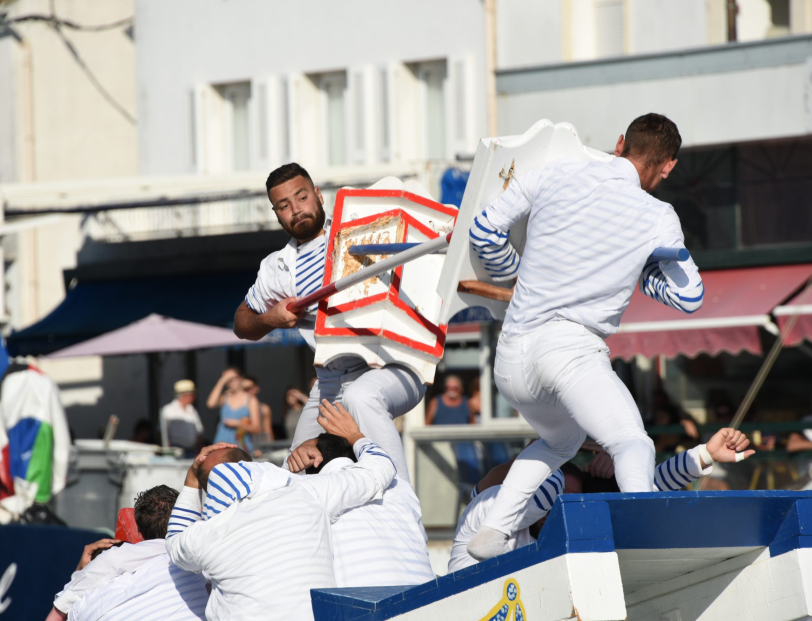The Arenas
Le Grau du Roi is rich in tradition. From Easter to October, the whole town lives to the rhythm of bullfighting traditions. The bullring, located at the entrance to Grau du Roi, is a must-see place to immerse yourself in the local culture and enjoy the entertainment.
ENTER THE ARENA

CAMARGUE RACING: TOP ATHLETES AND STAR BULLS

CAMARGUE TRADITIONS




